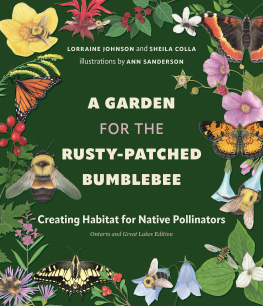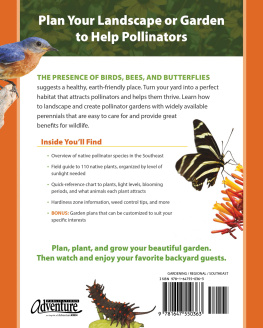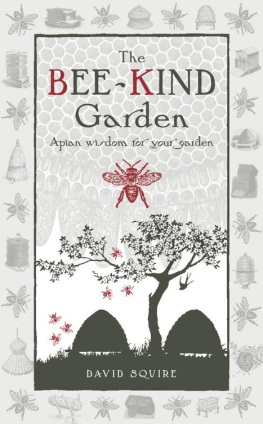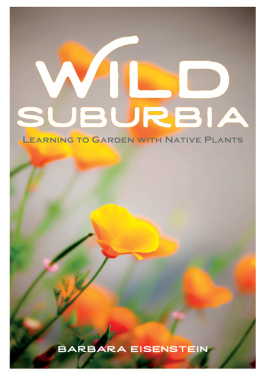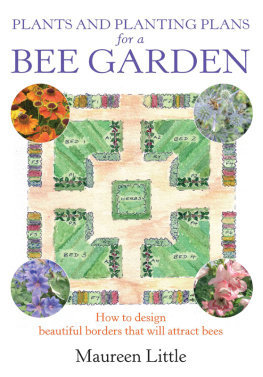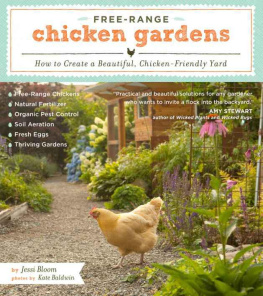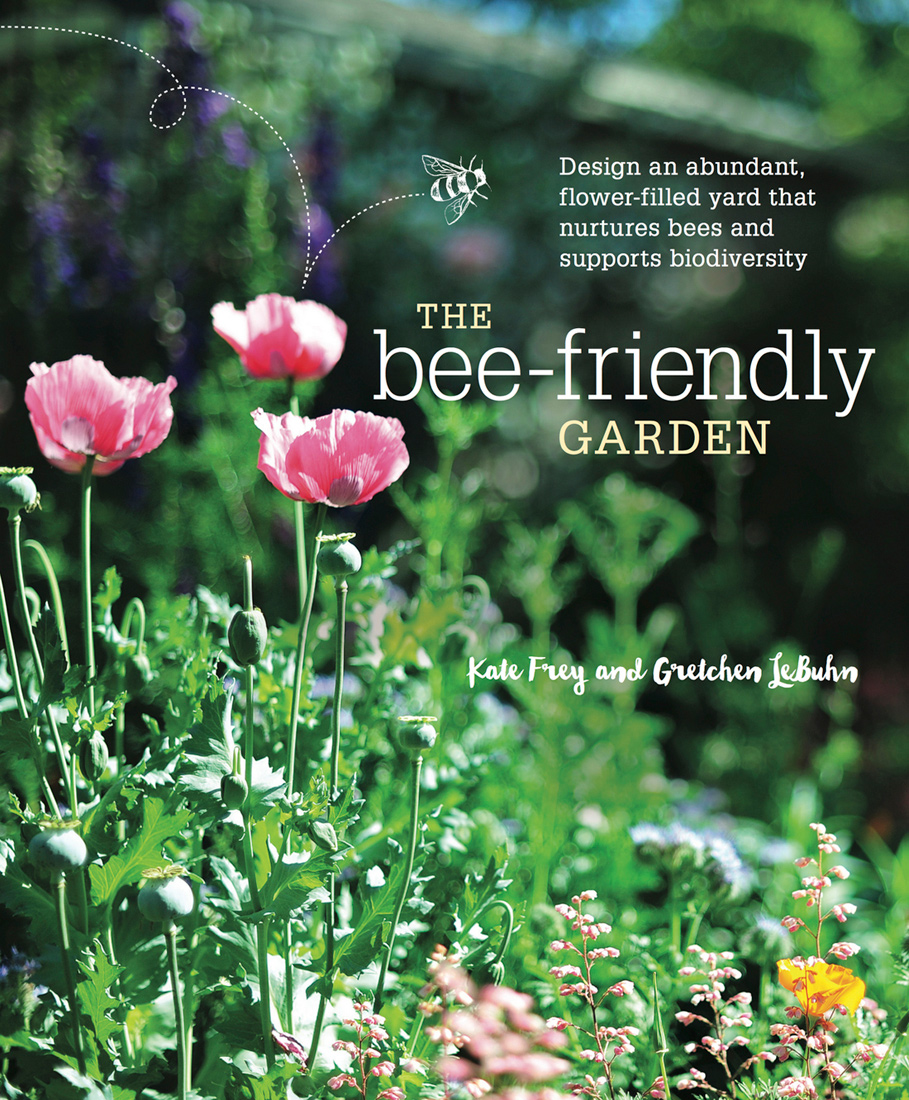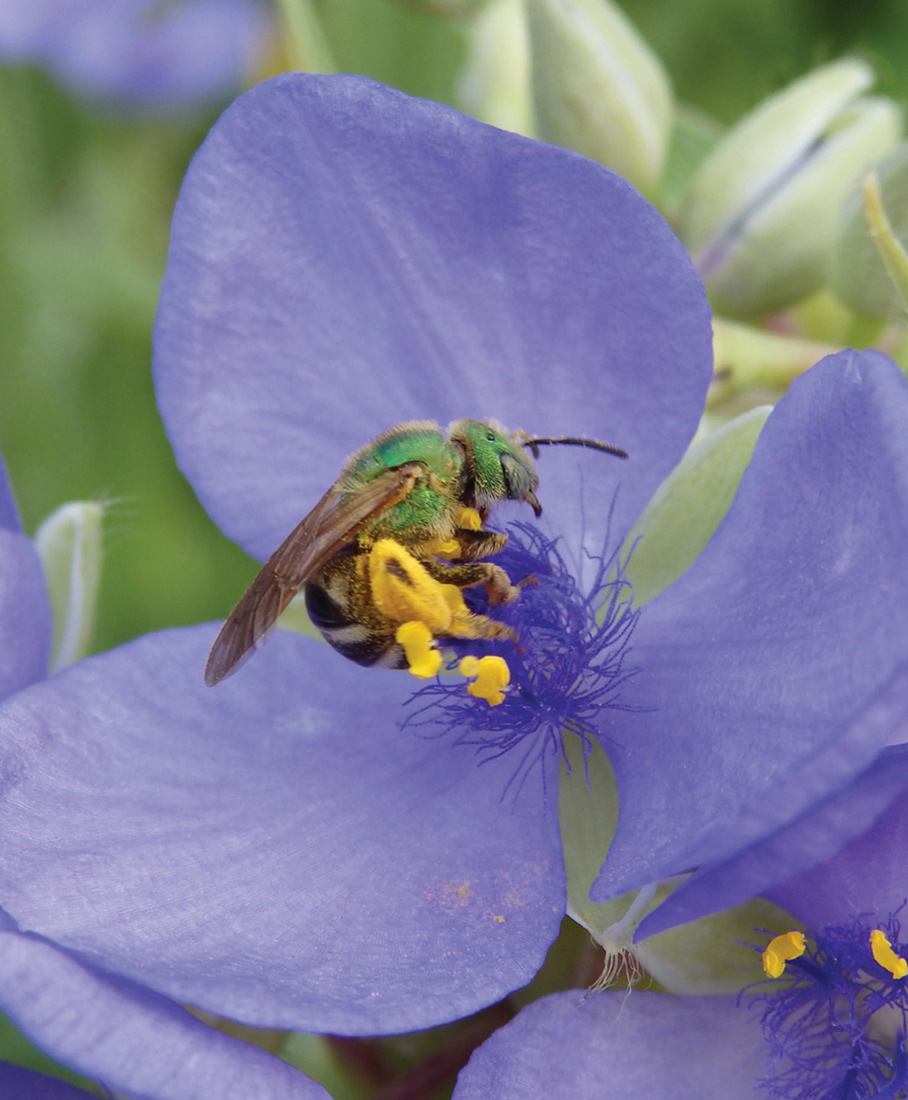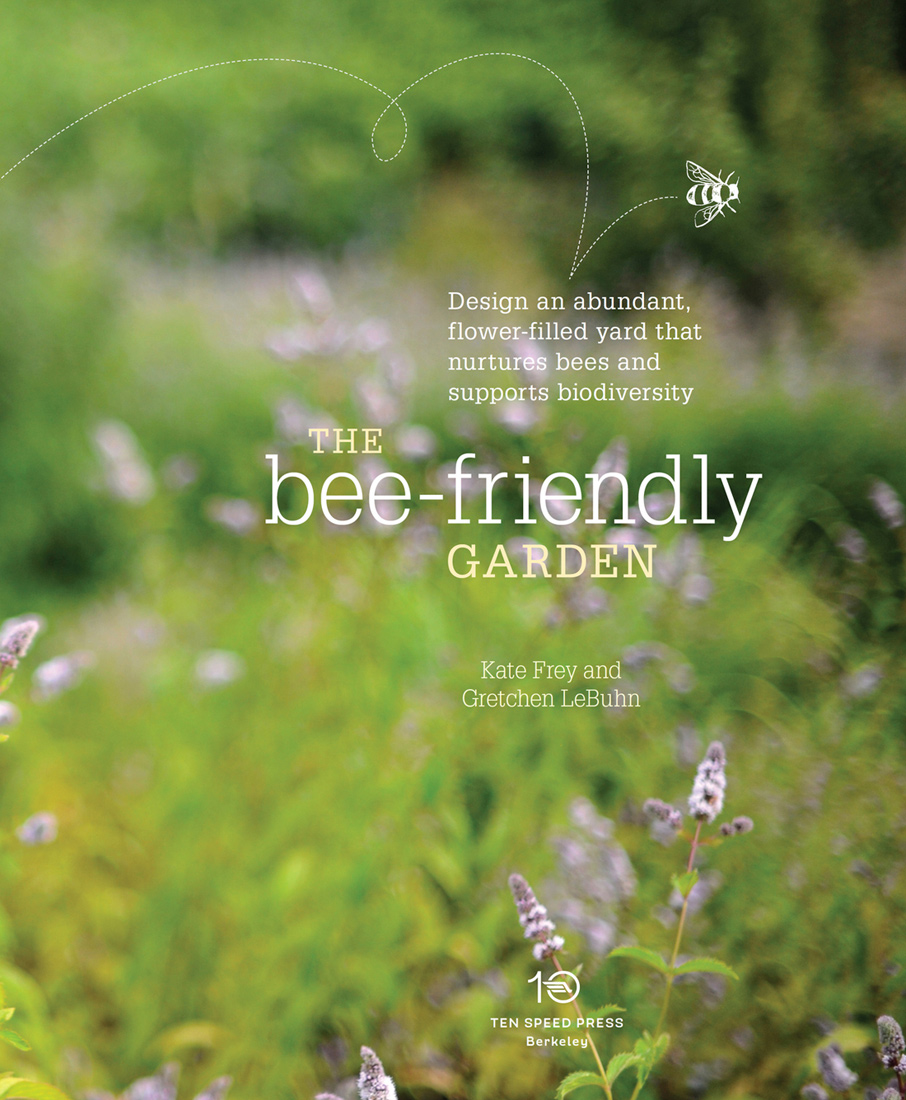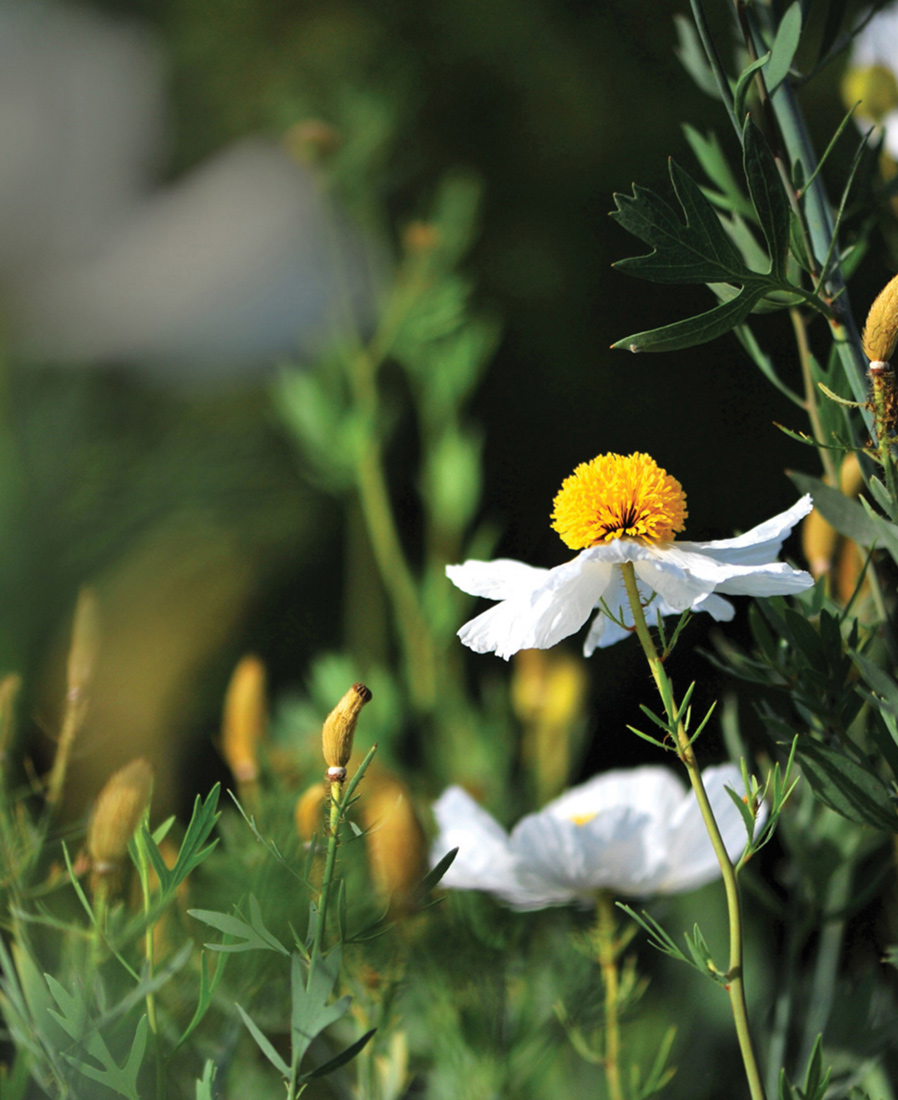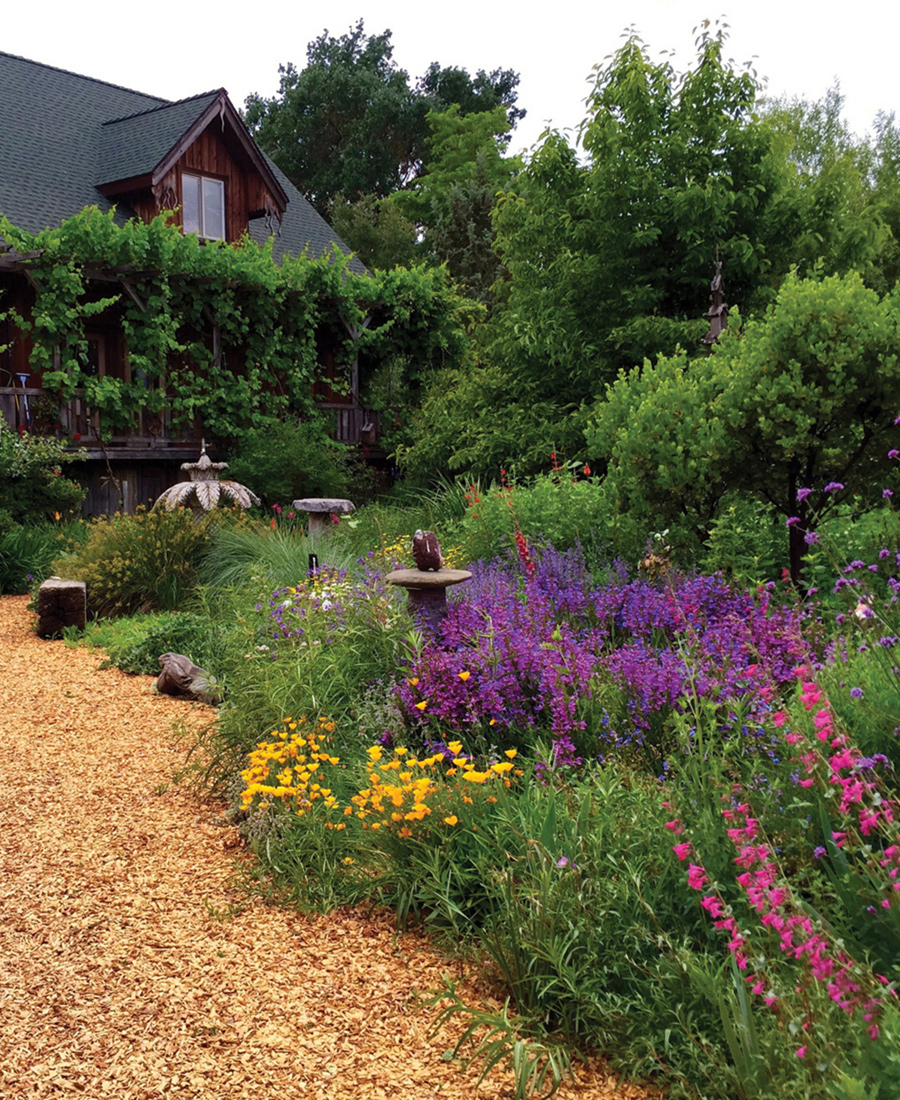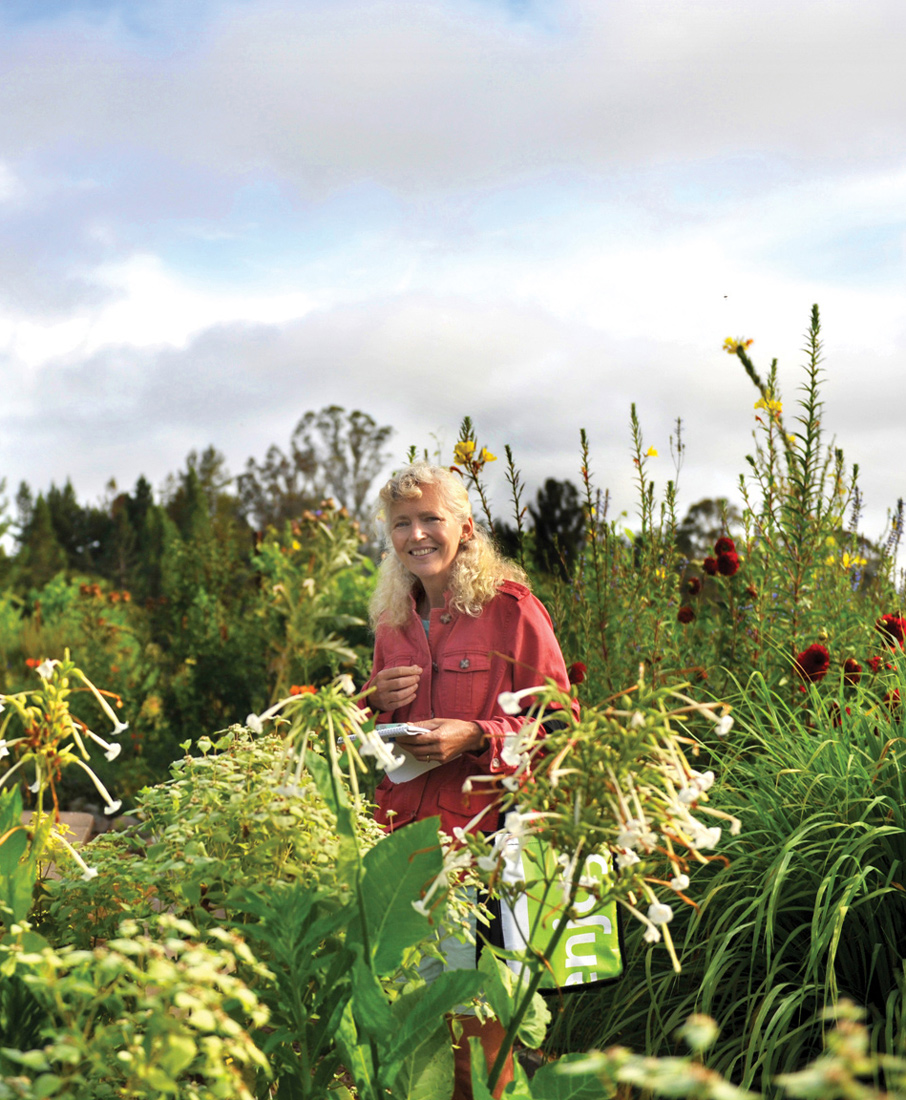All rights reserved.
Published in the United States by Ten Speed Press, an imprint of the Crown Publishing Group, a division of Penguin Random House LLC, New York.
Ten Speed Press and the Ten Speed Press colophon are registered trademarks of Penguin Random House LLC.
All photographs by Leslie Lindell with the exception of those noted on .
Frey, Kate, 1960- author.
The bee-friendly garden / Kate Frey and Gretchen LeBuhn. First edition.
1. Gardening to attract wildlife. 2. Bees. 3. Honey plants. I. LeBuhn, Gretchen, 1961- author. II. Title.
preface
As a professional garden designer, I used to judge the beauty and interest of a garden by the composition of colors, the texture of foliage, and the plants complementary or contrasting forms. I assessed scenes of nature by their ability to evoke awe or by the perfectly arranged composition of plant species. It wasnt until my five-year-old son and I observed the metamorphosis of four brilliantly striped monarch caterpillars on a patch of silvery Indian milkweed in our garden that my concept of beauty and interest changed. Besides the caterpillars, I suddenly began to notice the many species of bees that visited the milkweeds and plants surrounding them: fat and fluffy bumblebees with a variety of stripes, hoods, capes, and bottoms; small bees carrying pollen on the underside of their abdomen; shiny black carpenter bees; stout, long-horned bees; and the most exotic looking: the iridescent green sweat bees. There seemed no end of the flower visitors attracted to just one small area of plants.
Soon I was spending more time watching what was visiting the flowers in my gardens than looking at the flowers themselves. The garden became a place of intrigue. Question after question was generated by each scene: Why were some flowers mobbed by visitors like flies, beetles, and lacewings, others by native bees and honeybees, and still others by just butterflies? What was it about the flower structure, pollen, or nectar that appealed to a specific set of organisms and not to others?
We put up bee-nesting blocks next to the garden and they were filled the first year, each hole neatly plugged with mud or chewed plant stems. Suddenly, the life that was visiting the flowers became an integral part of the beauty and vitality contained in the garden.
From this first milkweed plant, a world has opened and continues to openendlessly. I have created habitat and bee gardens across California, at the Chelsea Flower Show in London, and in Japan and Saudi Arabia. Each is flower filled, suffused with color and shifting blooms, and is uplifting and engaging to the human visitor. Under the gray skies of London, I planted western native wildflowers and agricultural clovers in orange, deep blue, yellow, red, and white under and around an array of grapevines in a series of three gardens showcasing organic viticulture. Two of the gardens won gold medals and were visited by Queen Elizabeth, demonstrating that organic agriculture and the vibrant colors and soft forms of wildflowers have wide appeal. In Japan, my husband and I created a habitat garden focused on butterflies and bees, composed of a meadow with pastel-colored flowers under the soft, spring leaves of Japanese maples. In the harsh light and dusty heat in Saudi Arabia, on an organic vegetable and fruit farm owned by one of the princes, we planted bright yellow sunflowers, orange and white cosmos, white alyssum, basils, cilantro, zaatar, mint, and fennel to attract and support wildlife. Watching wild bees covered in sticky pollen became our entertainment.
Spending time in a bee garden allows us to step into another world, transcending the everyday routine and entering a place of beauty and anticipation. With these gardens, we develop and maintain a connection to something larger than ourselveswe get to see and know the intrinsic value of the flowers and the lives of the bees that visit them in each season.
Kate
I come from a long line of gardeners. Some of my earliest memories are of harvesting and canning vegetables with my mother, aunts, and grandmother. I remember vividly trying to decide what should go in the garden that my mother gave me for my own when I was about eight. My Aunt Kitsie, an artist with plants, was responsible for teaching me the importance of design. Her gardens in coastal Massachusetts are inviting, beautiful, and host a variety of local animals.
In the late 1980s, I left a career as an investment banker in New York because I had fallen in love with ecology. A book by James Gleick on chaos theory and work by Dr. Gary Polis, one of my mentors at Vanderbilt, on scorpions on islands in the Gulf of California, in Mexico hooked me. I was so thrilled that all these interesting things were being studied, and I desperately wanted to know more about them. I decided to take a year and see how deep my love of ecology was. Initially, I intended to work on marine systems. However, in ecology, we studied the mutualisms between plants and insects. In particular, I remember my professor James Thomson talking about how different bees matched different flowers. As a lifelong gardener, I could not believe that I had missed this important evolutionary relationshipand I actually didnt even know there was more than one species of bee. That one lecture on mutualisms changed my life. Ive been fascinated by the relationships between bees and plants ever since.


